Exaltation of the Holy Cross
Dear Brothers and sisters, on September 14 we celebrate the Feast of The Exaltation of the Holy Cross.
Exaltation: The feast was formerly known as the Triumph of the Cross, but it has been renamed the Exaltation of the Holy Cross. “Exaltation” means “to lift up,” and for centuries Christians have elevated crosses so they can be clearly seen and venerated.
Meaning: The Cross is the primary symbol of the Christian faith. It represents Jesus himself, His suffering, His immeasurable love for us, His victory over sin and death, and our redemption.
The Tree of Defeat and the Tree of Victory: The Cross represents a stunning reversal. The tree of defeat, the tree of the knowledge of good and evil (Gn 2:17), was where the evil one conquered (Gn 3:6), sin was introduced to the world, and death arose. The tree of victory is the tree of the Cross, so that where death arose, life might again spring forth, and that the evil one who once conquered with a tree, might likewise on a tree be conquered.
A Multilayered Feast: The Exaltation of the Holy Cross celebrates major historic events associated with the Cross, all which took place in Jerusalem: The Discovery and Recovery of The Holy Cross.
A Glorious Discovery: Queen St. Helena went on pilgrimage to the Holy Land in 320, and it was her desire to build churches in the locations associated with the most important events in the life of Jesus and to find the True Cross. When St. Helena arrived in Jerusalem, there was a pagan temple to the Roman goddess Venus over Calvary which her son, the emperor Constantine, ordered destroyed. As the workers dismantled the structure and reached the foundation, they broke into a cistern which contained three crosses, one which was determined to be the True Cross. Subsequently, two churches were built, the Basilica of the Anastasis over the tomb of Jesus to honor his Resurrection and the Basilica of the Martyrium over Calvary to honor the crucifixion. Both were dedicated on September 13, 335. On September 14, 335, the True Cross was lifted by Bishop Macarius before the crowd. It was venerated with great devotion and then enshrined in the Martyrium.
A Glorious Recovery: Christendom was horrified when Jerusalem was ransacked by the Persians on May 20, 614. The Anastasis was destroyed, and the True Cross stolen. The Byzantine emperor, Heraclius I (575-641), a Christian, assembled an army in 622 and challenged the King of Persia and conquered the Persian army in 628. The relic was returned in 629, and on March 21, 630, the emperor Heraclius personally carried the True Cross relic in solemn procession into Jerusalem. Immediately a festival broke out. Some knelt in reverence. Others danced in jubilation. All rejoiced, exalting in the glorious Cross of our Lord, Jesus Christ.
*This reflection is taken from “The Catholic Spirit’’
Fr. John Samuel
